Workplace anxiety can obstruct productivity and employee satisfaction, especially when it goes unacknowledged. Decision-makers must recognise anxiety as a pattern of high physiological activation linked to threat-related thoughts and emotions. This emotional experience often presents as insecurity or vulnerability and can affect overall workplace dynamics.
Are you aware of the hidden costs of unchecked workplace anxiety on your team’s productivity and morale?

Understanding workplace anxiety
Anxiety can stem from identifiable stressors or persist as a general atmosphere of tension and uncertainty. It manifests in various ways, impacting how employees function daily.
How employees respond to anxiety
Fight response: Employees might react defensively, causing tension and damaging workplace relationships. This response requires energy and can be detrimental if excessive.
Flight response: Employees may distance themselves, avoid confrontation, or withhold ideas, decreasing creativity and initiative.
Identifying workplace anxiety symptoms
Identifying the symptoms of workplace anxiety is essential for leaders aiming to support their teams effectively. Common indicators include:
- Acting with unnecessary urgency
- Overloading tasks to avoid consequences
- Overreacting to minor stimuli
- Physical aversion to work tasks
- Frequent impatience and irritability
By spotting these signs early, decision-makers can implement strategies to alleviate anxiety and improve workplace well-being.
Workplace anxiety symptoms
Workplace anxiety can be an experience that varies from person to person, as each person reacts in their own way to potentially threatening stimuli or situations that make them feel insecure. However, although exploring it in a more detailed way with a professional psychologist is always advisable, we could preliminarily determine specific indicators that suggest anxiety symptoms at work.
- Always acting with more urgency than necessary.
- Attempting to cover many tasks or respond quickly to requests due to a heightened fear of the consequences of not doing so.
- Overreacting to stimuli that are initially not so relevant: being easily startled, interpreting a criticism or a bad result catastrophically, feeling a high level of concern when faced with relatively neutral situations…
- Experiencing some aversion towards the workplace or the tasks, essentially at a physical level: need to move away, high physical activation accompanied by negative thoughts…
- Showing a frequent attitude of impatience, irritability, or tension, even in neutral situations.
Causes of workplace anxiety
| Cause | Description | Impact on employees | Mitigation strategies |
|---|---|---|---|
| Current job characteristics | Job demands that frequently trigger anxiety. | Increased stress and potential burnout. | Redesign job roles for better balance. |
| Management style | Authoritarian or unsupportive management approaches. | Fear of repercussions and low morale. | Train leaders in empathetic communication. |
| Work-life imbalance | Excessive work demands interfering with personal life. | Chronic stress and reduced job satisfaction. | Implement flexible work arrangements. |
| Organisational changes | Frequent changes in structure, policy, or leadership. | Anxiety about job security and role clarity. | Communicate changes transparently and early. |
| Lack of resources | Insufficient tools or support to perform tasks effectively. | Frustration and inefficiency. | Ensure access to necessary resources and training. |
| Poor workplace culture | Toxic or unsupportive work environment. | Decreased engagement and increased turnover. | Foster an inclusive and supportive culture. |
According to the WHO, globally, an estimated 12 billion working days are lost every year to depression and anxiety at a cost of US$ 1 trillion per year in lost productivity. Investing in mental health support and creating a supportive work environment are essential strategies for enhancing productivity and sustaining long-term organisational success. By addressing these issues, companies can improve employee well-being and significantly reduce the financial losses associated with mental health challenges.
Efficacy of guided interventions for anxiety

Unlock new insights on workplace anxiety management with our latest study on the Efficacy of Guided Interventions for Anxiety. This report evaluates the impact of the Anxiety Guided Path on users, showing a 17.14% decrease in anxiety levels after just four weeks.
Whether participants engaged in virtual support, emotional assistance, or video therapy, the results are clear: anxiety significantly decreases across all groups, with the most anxious individuals experiencing the greatest relief.
Want to learn more about reducing anxiety in your team? Download the full report now and discover how guided interventions can help enhance well-being and productivity in the workplace.
The Leadership Lens
Leaders play a crucial role in mitigating workplace anxiety by fostering a supportive environment where mental health is prioritised. By openly discussing mental health, providing resources, and encouraging flexibility, leaders can create a culture that reduces stigma and supports employee well-being. Implementing training programs equips managers to recognise and address workplace anxiety, ensuring empathetic communication and effective support.
Additionally, leaders should regularly assess the workplace environment through data-driven insights to identify and address areas of concern. This proactive leadership approach not only enhances productivity but also drives sustainable success.
Trust the experts
At ifeel, we acknowledge that addressing workplace anxiety is crucial for those who guide business decisions. Organisations that invest in managing anxiety within their teams build a solid foundation for long-term success. However, mitigating workplace anxiety requires continuous effort and strategic focus.
To assist in this process, our team of psychologists specialising in mental well-being has developed a mental well-being program for companies aimed at helping companies enhance employee engagement and boost productivity.
This collaboration allows HR managers to receive personalised, data-based advice on the most effective measures for detecting employee mental health issues and assessing the workplace climate. It’s the best way to understand their needs.
What I value most is the direct and close approach of ifeel professionals. It seems that they have also become part of the team and someone who is already embedded in our company dynamics, therefore someone who can be trusted to support us.
– Vasco Armés, Head of HR at PERI Iberia, an ifeel partner company.
Moreover, ifeel’s corporate mental well-being solution offers employees a structured mental health care service tailored to their needs at any given time.
We hope you found this article on workplace anxiety interesting. If you want more information about our mental well-being solution for companies, simply request it, and we will contact your team soon.










